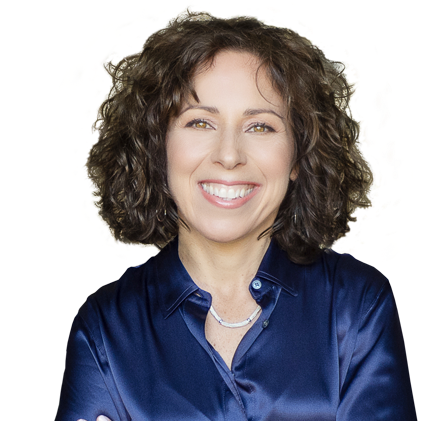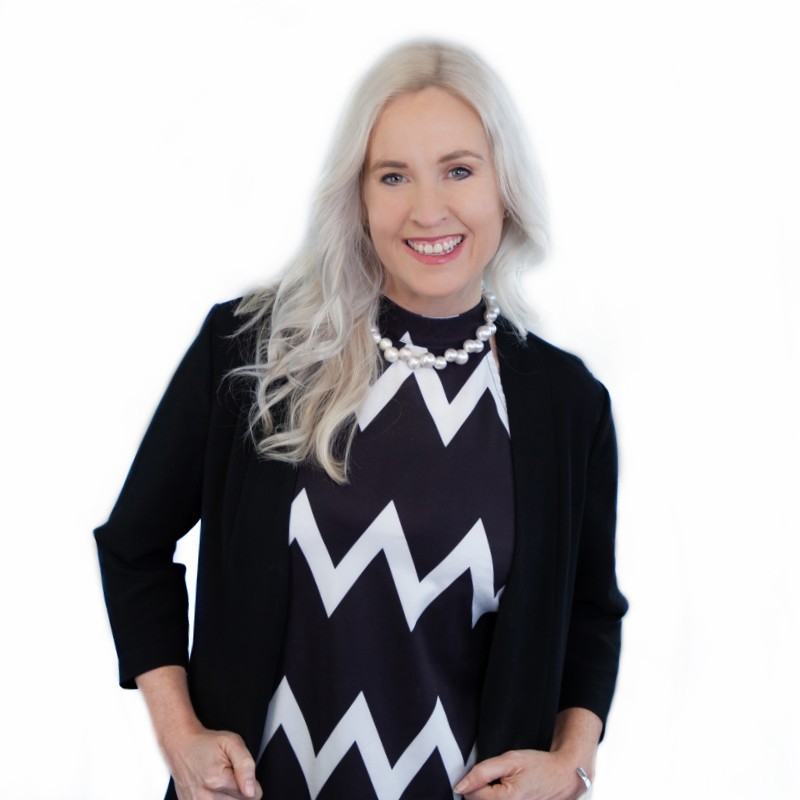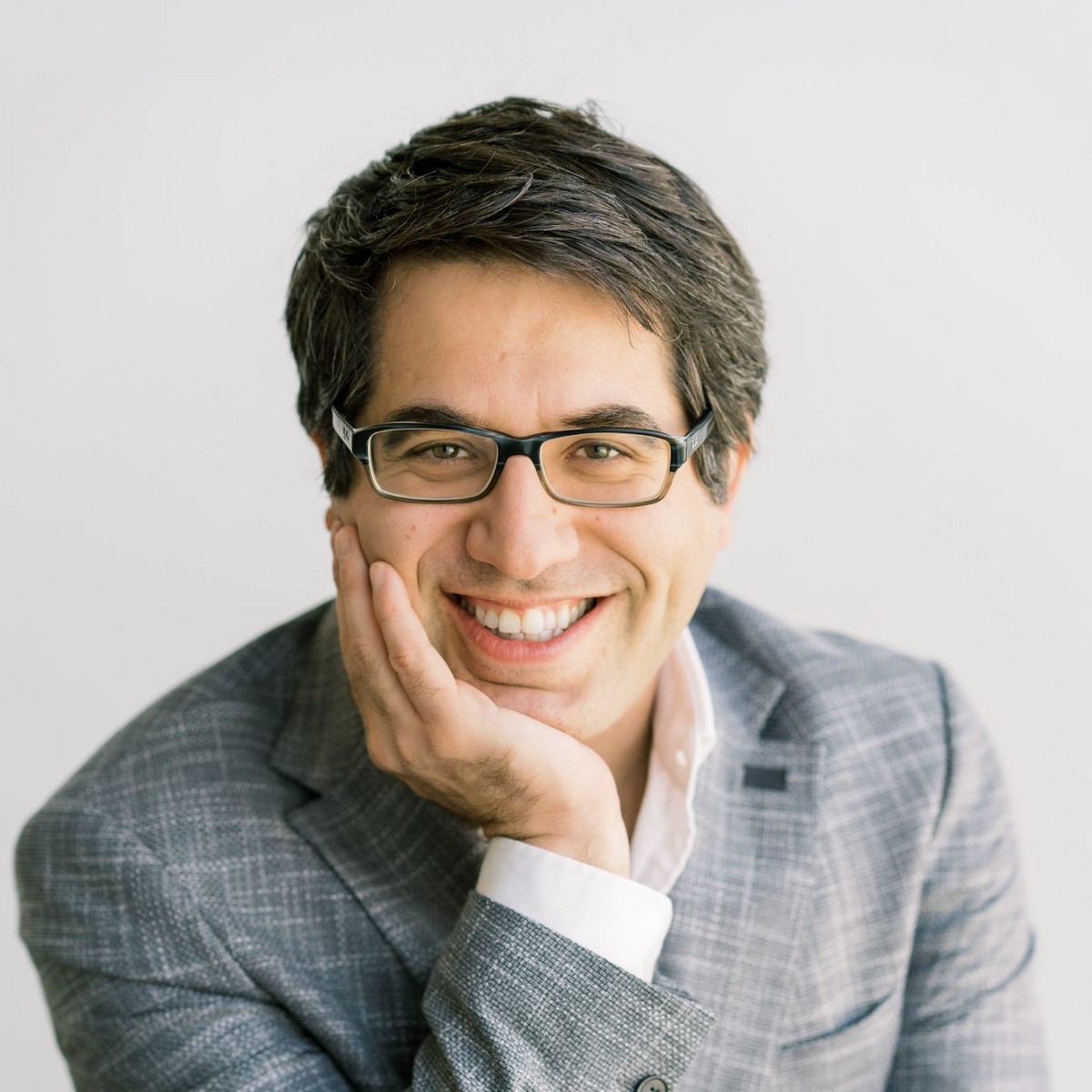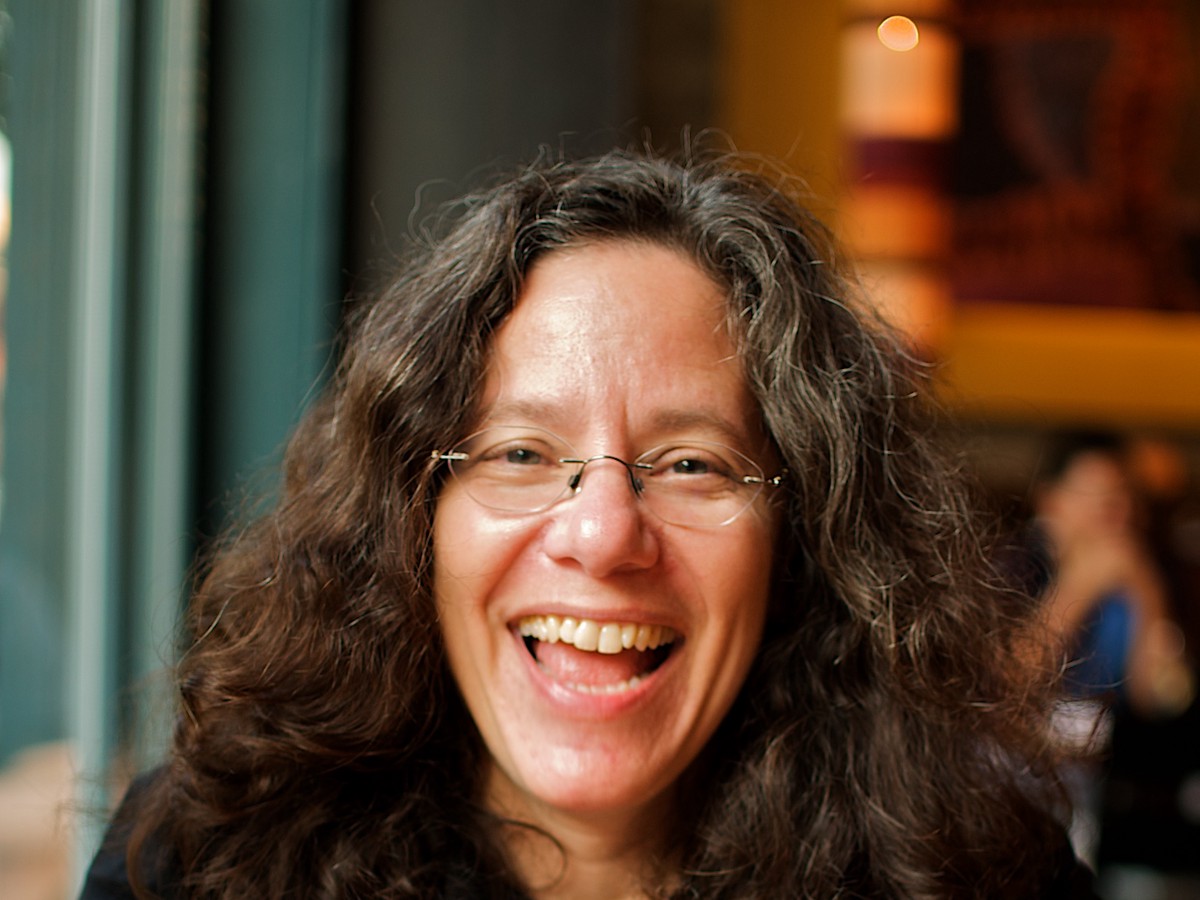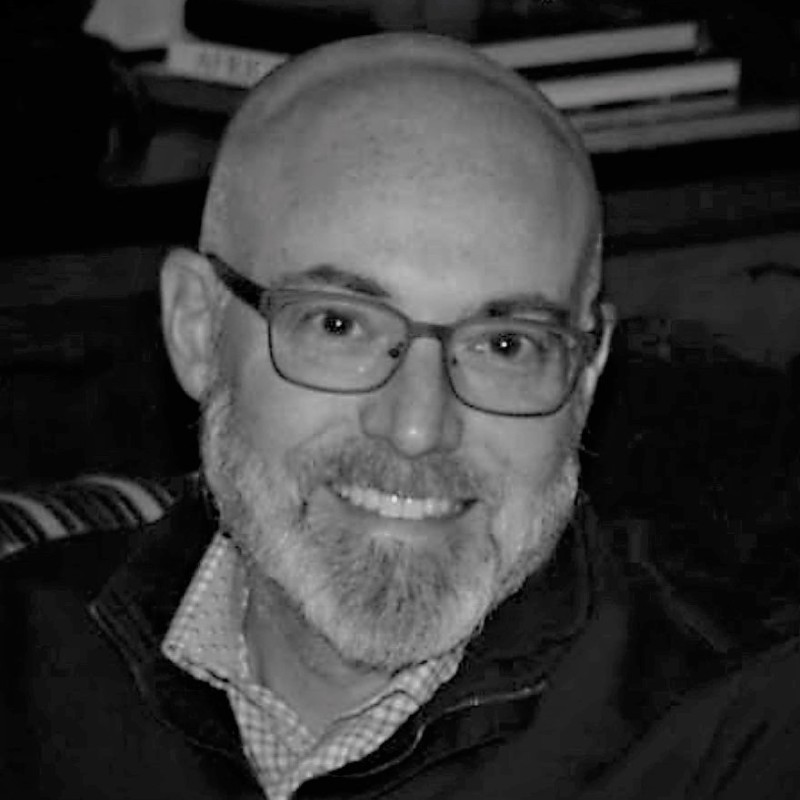Convert project management from in-person to digital. Check.
Convert meetings from in-person to digital. Check-ish.
Convert culture from in-person to digital. Uhhh….
This is where most of us found ourselves nearly a year into fully distributed work. Most of the projects and activities around work have all converted quite easily.
But culture is a piece that seems hard. Culture is that thing that we left at the office and we are eager to go back and get.
Esther Weinberg is the Founder and Chief Learning Development Officer at The Ready Zone and she helped us understand culture and change in a new way.
The Ready Zone
Esther says most corporate culture was never designed to be portable. It sits in the walls of an office. But a true culture should be able to transcend space and digital tools.
In order to have large-scale impact, organizations need to prioritize humanity. When companies focus on their people, aspects like trust, respect, and safety become valued and measurable—this is what Esther calls ‘The Ready Zone’.
Curiosity as the centerpiece
Esther says humans are influenced by our own implicit biases. We rarely step out of our comfort zone or approach issues out of genuine intrigue. The ‘my way or the highway’ mindset can hinder genuine learning experiences and come in the way of productivity. And so, curiosity needs to be placed at the center of workplace culture. We need to develop the habit of challenging the status quo to break through the limitations of our beliefs.
Change is power
If done right, a change in attitude can foster trust and respect among colleagues. Esther says the potential of pivot moments, or the precise instants we decide to change, can be limitless.
The key to navigating change, Esther explains, starts with analyzing reality. We need to understand our emotional and physical experiences in demanding situations. Ask the important questions—Where is the conflict? How do I feel about it? What have my experiences taught me? What do I do differently to create a new reality? And this is the point of inflection. Finally, we need to follow up with positive intent and action.
A shift in leadership
The things that help keep our emotions in check aren’t part of our routines anymore—celebrating the holidays, taking commutes, or shopping for groceries isn’t the same. And so, emotions at an all-time high.
Esther says, the role of leadership in the workplace has evolved.
Leaders don’t just manage tasks. They have to act as emotional regulators for their employees. “We think we show up to work and we’re managing work, but we’re actually managing people, and the dynamics of how they interact.” Leaders of today have to be better listeners, coaches, and guides who “lean into inquiry” for personal development.
Links
Quotes
21:22 – “If people (leaders) really mastered the ability to coach and to lean into inquiry, half of what people are actually grappling with today or more would disappear.”
17:21 – “We think we show up to work and we’re managing work, but we’re actually managing people, and the dynamics of how they interact.”
Today our guest is Esther Weinberg. She is the founder and Chief Learning Development Officer at The Ready Zone. Hi, Esther. How are you today?
Oh, great. Thank you so much for having me on. Really excited to be here today.
Yeah, I’m excited to have you on, too. It’s fun to be connected in this world of remote life, through everything, to have these real discussions is always fun to have.
Especially during these times.
For sure. Esther, explain a little bit about what is The Ready Zone? What do you do there? How did you start that?
It’s a funny thing because we started, well, I’ve had my company for a long time. But we specifically started talking about The Ready Zone probably about 12 to 14 months ago when we were looking up and really noticing that what was happening with leaders and in tech and other sectors is that people just really wanted to feel ready and powerful to take on all the opportunities and challenges that are coming in front of them. Those are expected or unexpected and they want in order to be able to have large scale impact and returns. And so what we’ve noticed is that when you create a workplace culture that’s geared toward growing the humanity of others as well themselves, and by extension, when these organizations operate with this mindset, when you value one another, it’s not just a high priority, it’s actually measured. Measurement is really important to us and valued as a bottom line. They’re operating what we call is The Ready Zone. And those are workplace cultures, where trust, respect, and safety are as valued and as measured as the bottom line. And we actually measure that through what we call zone performance indicators. They’re our affectionate KPIs for The Ready Zone because we’ve identified if you use these six diagnostic areas as signposts for how you’re creating, actually this workplace culture, especially today, when culture is not designed to be portable, and people are looking for it to be portable, we think that it’s as once you perfect these six areas, you can actually measure it, you can create what we talk about being as successful in The Ready Zone as possible.
I’m going to plug you a little more for this culture is portable because I think that’s the thing in the midst of this transition to digital work, I think we found that tasks were pretty portable, we could shift those over. Meetings, we did okay, some things could be better. But overall, it happened. But culture, it was like, we don’t know how to move this. Like it’s stuck in the office, we can’t get it in this digital world. So why is that? And what are some ways that come about that?
You’ve written about this, too, which I’ve loved to read is that culture is lazy, typically, at work. You know this. Meaning it’s people will create lofty language around it, but it’s really in the walls. So if you’re physically in a workplace, it’s really easy, right? So usually, what is really cultural is what’s unsaid. Oh, it’s just the way we do things around here. So we have values, but those values aren’t realized. We have a vision statement, that’s cute on the walls, we want to have a legacy, but it’s a lot of talk. But what leaders I think were really unprepared for that COVID showed us is the sustainability of a remote culture. And it takes a lot of effort, focus, and commitment, especially I don’t know if you’re seeing this, but I saw people that were going from 10 hour meetings, then we went to Zoom, or Teams or pick your platform, and people are just exhausted. And so I think what people thought was, okay, this is change management. I’m sorry, I don’t mean to laugh, but it’s ridiculous. Because it’s made us realize that it doesn’t actually work. So we talk about a lot in The Ready Zone is how are you going to reframe, refocus, and realign in order to create this kind of portability culture that you want.
I’ll give you an example. I was facilitating, and this is just a very simple way to think about it, I was facilitating a group recently. And they were all mid level high potential leaders. And they were all sharing that their supervisors are consistently putting on them unrealistic expectations, which you find especially now. People move to remote workload, and initially people were very kind, like, I’m just going to check in on my people and see how they’re feeling. Now it’s just work has doubled, tripled, quadrupled.
One woman said she was getting 800 emails in a day. Which I know you talk about, is that email’s really dead but apparently not. She was communicating with the person she was working for, she realized is that we’re all collectively going through this enormous amount of stress and expectations on our work and our lives. And so her intention for relationship with her supervisor was alignment and service. But how is she doing it by being so irate, furious, and so judgmental? And especially because I think she was just fried. So she actually reframed her upset to lean into curiosity and say I wonder what’s being asked of the person I work with. I wonder what’s being put on her plate. I wonder where she’s pushed back or not. How is all of this impacting all of her? So her focus or refocus, became about coaching up. How can she be a supporter to her rather than feeling taken advantage of. So by opening up to her curiosity and leaning into meaningful inquiry, which I think is really undervalued right now, because inquiry, and I think curiosity is a secret to lots of things that are agitating people. And when she said, how can I be supportive of my boss rather than feeling taken advantage of by opening that up into those meaningful questions, she could realign with the person that she was working with together on refining their priorities. That’s where realignment comes from.
So when you’re triggered, you can ask yourself, how can I reframe this? How can I refocus? How can I realign to what my intention is for this relationship and commitment to this person or people? So when you connect your original intention, it’s a lot easier to reframe, refocus and realign. And then that relationship itself became a lot better, then communication was not such a roadblock and productivity started to increase. It’s not such a surprise. But I find that especially today, during these COVID environments, we’re so polarized, because all I see is you in a box. It’s like The Brady Bunch of steroids. And so you don’t have that opportunity to pause and step back and be able to do what we’re talking about.
I’m totally with you on curiosity being the centerpiece of all this. If your thinking is stuck in a certain way, then you’re not going to get anywhere, like you wouldn’t have gotten to the place we’re at now. But if you can just imagine what it would be like in somebody else’s world. We’ve talked to other people just like saying, okay, just imagine that you were stuck in this digital world, and you couldn’t get out of it. What would you do? Imagine what it’s like from another person’s standpoint. When we start with that curiosity mindset, there’s so many places we can go. And it’s such a starting point for everything, right?
I think that the first thing that happens to people, too, is that, and I think this is often undervalued. I was talking to a woman actually about this yesterday. She was saying that a centerpiece for her not being able to be as productive as she possibly can, is there’s a person that she has to consistently collaborate with. And he’s extremely polarizing. And she feels that he’s a no to everything. And when we were talking about it more deeply, what she realized was actually, she never asked him why he chose the actions that he did. So basically, he’d be in a meeting, and he would override her decision. So she would say, so they would agree on something, they get into a conversation with other stakeholders, and they didn’t report to each other, they just work together. They’re in a conversation with other stakeholders, and then he would just change his mind automatically. And she thought he was child. Her words, a child, not a collaborator, just goes on his whim, very narcissistic, and is uninterested in actually making the work better. And she had been talking about him all the way around to other stakeholders.
And I said, well, did you ever ask him why he does what he does from really just genuine wonderment? And this is a creative, and he’s a director. So I said, if you’re going to choose to do a different shot, wouldn’t you be curious as to why he actually decided to do that? If you actually decided to think about how does it stand from him, from his perspective, maybe actually, there’s something for you to learn that you haven’t been able to see before. And then the real question is, where else is this showing up in your work? And she said, Well, actually, I’d gotten feedback before that it’s been my way or the highway. I said, oh, that’s interesting, exactly what you want from him. What you want for you, you’re unwilling to give to him, that you’re putting your judgment on him. So it became a great place for her to examine to be able to move.
But I agree with you, I think that is the one area because also, if people are working siloed and from home, I think that it’s actually much more difficult for people to actually widen their focus. It’s more challenging.
Absolutely. You talked about trust, respect, and safety as the building blocks for this. Walk us through the differences. What stays the same, like no matter what, you always build trust, respect, and safety this way or you establish it, no matter if you’re in the office, you’re in a virtual environment, versus what we actually do need to switch and do differently in a digital world?
I think that, well, let’s put it this way, we weren’t so great about it before COVID. We’re not exactly mastering it now, but I think that there’s a few things. Number one is, as you know, trust takes a long time to establish, and it’s easily eroded. And safety. When I talk about safety, I’m talking about a psychological safety. Because if you actually don’t have all three, what happens is your attentional capacity gets compromised, your decision making gets compromised, your relationships get compromised, your physical and mental health get compromised, and your performance and creativity get compromised. So the one thing that I have, and what I’ve been working with individuals, teams, and organizations on change my whole darn career. And I know this one thing to be counterintuitive, that especially during times of change, especially about building trust, respect, and safety, is that part of that is actually giving people stability, which is a weird thing, because you can’t give people stability, especially in these kinds of moments, especially when we’re working for organizations that are designed to change. It’s really the ultimate paradox.
But what I say is, there’s a phrase that we talk about in The Ready Zone about this concept called pivot moments. That’s simply this, when you think of shifting simply, for a moment, the potential of what is possible is unlimited. So through my work, I uncovered an equation that’s really simple that helps folks move through that that helps create that environment that we’re talking about. So I’ll give you a real clear example. So pivot moments, first of all, made up of looking at what your current reality is, that comes from how you feel about the change or your emotions, how you experience the change or the actions or inactions you’re taking that may support the changes or not. And if you’re really honest with yourself, you can see if your output is a match to your intention.
So here’s a real example. So I was meeting with a client the other day, her name is Aisha. And she’s only gotten increasingly frustrated by a woman that she works with named Jamila. Jamila is the president of content at one of the studios, and she’s been increasingly frustrated that Jamila can’t make decisions, and she vacillates or she makes a decision and she goes back on it, and she can’t really handle conflict. And Aisha is seen as the number two executive in the department on the team. So what Aisha does is that she steps in and starts making decisions where she shouldn’t, or she looks to push for more strategic decision out of sheer frustration, or even looks to manage one of her peers who also is someone who can’t make decisions, you see a great theme. So for someone who’s just great at what they do, and really moves fast, the situation is escalated. So Aisha and I talked about that the work that she and I are doing together, she wants to be able to work with Jamila much more with ease and be a collaborator and to step away when she’s frustrated, instead of leaning in and trying to solve everything. So we talked about this concept of pivot moments.
We looked at, well, what’s your current reality? How do you feel about it? What are your emotions about this relationship? She said, I’m really angry, I’m extremely frustrated, I’m really disappointed. And I got to tell you, I’m kind of afraid, too. And we talked about what her experience of working with Jamila was. And she said, she doesn’t know how to manage or lead, her lack of decision making is going to get us into a sea of trouble. And actually, we’ll wind up as bleeding market share at the end of the day, she’s a strategic, and she has a huge ego. Welcome to being part of companies.
So we talked about what actions she was taking to support her intention of managing up with greater reason being collaborator. And if she was really going to be honest with herself, she said, look, I’m stepping in to make decisions where they’re not appropriate. When it was time to present a reorganization plan with her peer, she was trying time and time again for him to be strategic when he’s not. So instead of she stepped in to set the strategy for everybody. So she wasn’t going to her boss to share with her her frustrations, especially about the strategic reorg process, and to talk about what they can do together to make it happen. And she was also thinking about leaving, which is not shocking. But now when I really pause, and I said to her, okay, if you get real with yourself and see what’s possible, not what you prefer. Let’s talk about what your original intention was. And now what do you need to stop and start doing in order to create a new reality, which is what I call the opportunity. And so when she saw that, then she was able to step back and lean in a much different way and completely change her relationships with her peer, and frankly, with her boss. So that’s one thing that anyone in any moment because part of this too is. We don’t want to give people strategies that are so inflamed that no one can do. So anyone can pivot in a moment when you look at what your current reality is, you really look at your emotions, your experience, your actions, and you get real with yourself, then you can say, well, what’s the opportunity? What do I need to stop and start doing to create a different outcome? And then you can step into the opportunity that presents itself, which will.
Esther, in both the stories you shared, there’s this high level of judgment that comes in, which is just who we are as humans, we always see the other person, we’re eager to self justify ourselves, which means we need to see the other person as the problem in these ways, and the digital world doesn’t help that because we only get these little vignettes. Like you said, it’s The Brady Bunch thing, I get to see you, literally in two dimensions. And I don’t see any other part of you, I don’t see the rest of you. Maybe that was a little bit better in the office, because you might see some more human elements of them, some more nuance to that character, and different situations that you don’t pick up on, when you only have business calls with them. So what are some ways that we can recognize that failure as humans to really interact with each other? You mentioned at the start about growing in our humanity. And I feel like this is one of the central pieces is being able to stop judging people so much, to build more self awareness, to realize that people are complex. They’re nuanced. There’s lots of things going on. And we might be the problem. Where do we start with all this? Are we going too far back?
No, no, I’ll say a few things. So COVID has actually added a little bit of a layer that we hadn’t talked about, which is this. People are exhausted. They’re anxious. I think also, there’s loss. People have had a lot of different loss, from not just losing people because of potentially losing people because of a pandemic. But I mean, we don’t go to the grocery store the same. We don’t celebrate, you and I were talking about holidays like Christmas and Thanksgiving, we don’t celebrate those this year the same way. And emotions are running super, super high. So I think what happens is that because of that what’s called upon us as leaders is to do more emotional regularity, emotional management. What a leader last week said to me, I feel like I’m a constant therapist. And I said, you’re not a constant therapist, what happened was before COVID, you didn’t realize that what you’re actually managing in the workplace, we think we show up to work and we’re managing work, which we are, but we’re actually managing people, and we’re actually managing the dynamics of how they interact, to your point. We can’t stop people from judging. We are mean making machines, period. That’s all we do. But what we have to teach people is actually a pause button.
So I think Viktor Frankl in his great book “Man’s Search for Meaning” he called it, like the space between stimulus and response. And Dr. Susan David talks a lot about this, too. And what I would say is this. We’ve created a tool called the reality check, which means that when you identify that you are in a judgement place, or you do know that you’re activated, and oftentimes we do because if there’s actually a physical feeling to it. You notice when you get pissed, you get a pit in your stomach, something’s in your throat, or I talked to someone yesterday who said she just gets hot, like literally on fire. So what we need to do is actually step back and say, okay, well, what are the facts? Like if someone put me on a stand in a court of law, what would the facts be? And oftentimes, the facts are not a lot. So it could be Neil said that I need to check my email. Neil said that, actually, can you email me the deal points. That’s normally what the facts are. But then we should look at what our interpretations are of what we made it mean. So I made it mean that you’re judging me. You’re making it mean that I don’t know what I’m doing. You’re questioning, again, my work ethic and on and on. And then you have to say yourself, okay, what’s the impact of me continuing to see it that way? You and I will never be able to work together again. I’ll always see our relationship as self destructive. I’ll actually work around you because I actually don’t like to work with you. And it’s never going to get anywhere.
But then you have to go back to what your intention is. The intention of our relationship is I actually want this to be a partnership. So then I can decide differently. But I think that people need, if you just take that tool, and just say facts, interpretation, impact, and then what was my original intention, then actually, you can see it differently. Because when we get hot, when we get inflamed, we go into our sympathetic nervous system, we have to move into the parasympathetic nervous system. So something actually has to block or disrupt us or stop us, we actually can move into our executive brains so we can think differently. And that’s where those questions that I just mentioned does for us.
I love where this discussion is going. Because I think when we look at the future of leadership and companies, I don’t think that managers are just going to shift and become therapists. However, I do think that if you think of your job as, like you said, I’m just trying to get the work done. I’m a leader, I get the work done, I’m a project manager, I get the work done. That’s not your job anymore. Your job is to take care of humans. Your job is to understand humans, and what they’re doing and to be a leader in tomorrow’s workplace and to not have some basic knowledge about psychology, some basic knowledge about how our brains work, really, really becoming more of a student of humanity, I think you’re just lost. And we need to be able to build those skills into people who are going to be leading other people.
I think we need to also build their attentional capacity because here’s the deal. When someone says, I’m a therapist, you’re not a therapist, we’re managing the way people interact with each other in the workplace. And that has a high degree, I think Mark Brackett had talked about, who wrote a book called “Permission to Feel”, talked very much about the impact if we don’t, which I think I mentioned before, it impacts our attentional capacity, decision making, relationships, our health, our performance and our creativity. That reason alone should move people simply into a place of being more aware. I’m not asking people to be therapists. That’s not what we’re talking about. All we’re asking is if people got much better, and you spoke about this, actually, in your level five organization, which is around if people really mastered the ability to coach and to lean into inquiry, and that as a mastery, half of what people are actually grappling with today or more would disappear. Someone once said, if I actually came into work, and didn’t have to manage people, I’d come in at 9 and leave at 11. But because I have to manage people, I come in at 9am and I leave at 11pm.
Esther, you mentioned a lot of good things, a lot of good resources. If people are curious about some of the systems you’ve set up and different frameworks, where can they go to learn about those?
Simply go to thereadyzone.com. And there you can also download our book, and you can get lots of different resources that we have there and get in touch with me, too.
And specifically, what’s the problem if somebody has they should come to you before anybody else?
Every single thing we’re talking about. No, I mean, look, if you’re in a place right now where you’re saying to yourself, where do actually my business, and my team, and including myself, we’re going through vast amounts of changes, and we’re having a degree of breakthrough, but we really need to move it to another level of breakthrough. Really, that’s where you need to reach out to us because our systems are for business sustainability, team sustainability, and leadership sustainability.
Great. Esther, thanks so much for being on the show. We appreciate you coming on. We look forward to connecting with you more, having some more discussions with you and some others around these topics because this is what we need to talk about.
Thank you so much, Neil. I really appreciate it. It’s been great.
Esther is a leadership-training expert that has earned a reputation in the entertainment industry as the secret weapon behind game-changing breakthroughs with executives, leaders and teams.
As Founder & Chief Leadership Development Officer of The Ready Zone, Esther is passionate about helping media organizations understand that in order to drive innovation, be competitive, and ultimately, profitable, it’s imperative that people come first by creating an environment built on trust, respect and safety. And she backs it up with proven, transformative, yet practical tools and systems that help benchmark and measure results.
Despite uncertain times, Esther is not afraid to drop eye-opening truth bombs that dive deep into the ripple effect of change and consolidation. In fact, she rolls-up-her-sleeves, authentically and methodically helping organizations build sustainable company cultures that thrive vs. survive. From the fundamentals behind developing a collective philosophy of readiness to take on any industry challenge, to coaching leaders on how to reframe, refocus, and realign, Esther is a powerhouse.
With over 20 years in the media industry, her innovative strategies have helped clients including Netflix, NBCUniversal, Microsoft, ESPN, WarnerMedia, Sony, Warner Bros., CNN, DreamWorks Animation, Discovery Communications, Adobe, Disney, IMAX, National Geographic, and Nickelodeon.
A respected thought-leader with first-hand experience, Esther has held executive positions at Disney and Fox, as well as stood in the shoes of C-Suite executives as an interim CEO and leader at numerous organizations. Esther’s drive for developing global leaders stems from her work abroad, including Botswana, Israel and Uganda. She is a graduate of New York University, and a member of Women in Cable Telecommunications, Promax, and Harvard’s Institute of Coaching at McLean Hospital.
